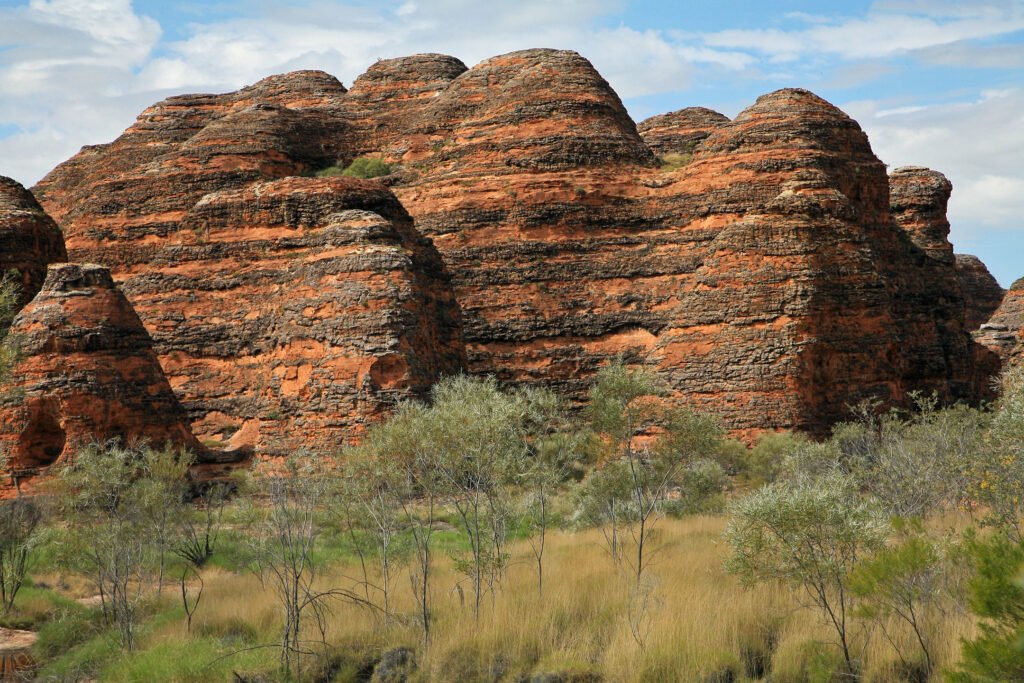English ivy might look charming cascading down brick walls and draping over garden fences, but this seemingly innocent green beauty harbors a dark secret. What started as an ornamental darling brought over by European settlers has transformed into one of North America’s most aggressive invasive species, silently strangling native ecosystems and causing millions of dollars in environmental damage. The glossy leaves that once symbolized elegance and sophistication now represent a botanical nightmare that’s choking out biodiversity across entire continents.
The Deceptive Beauty of a Green Menace
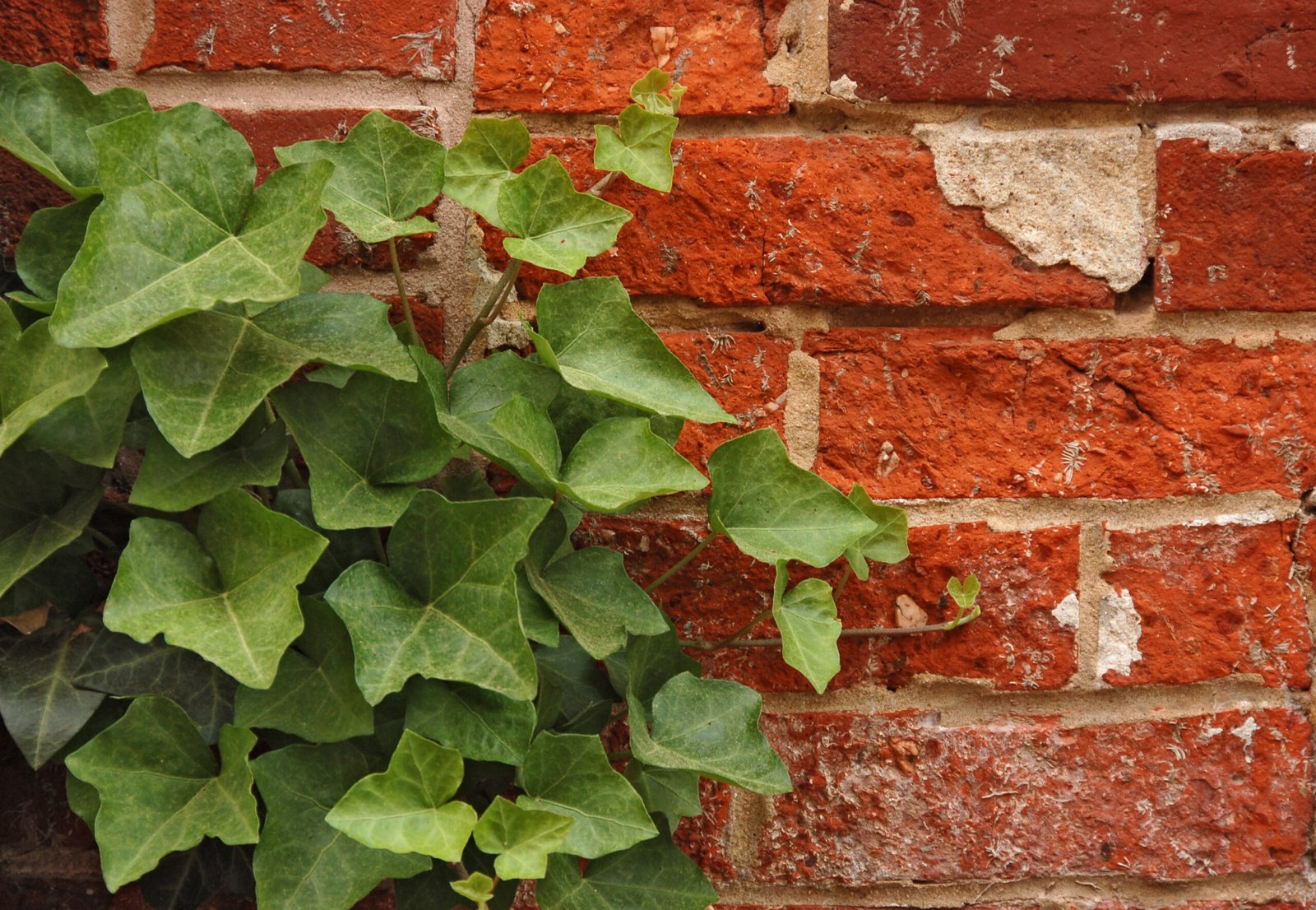
English ivy’s appeal is undeniable – those lustrous evergreen leaves create picture-perfect scenes that seem ripped straight from fairy tales. The plant’s ability to thrive in shade made it a go-to solution for gardeners struggling with difficult spots under trees or along north-facing walls. Its rapid growth promised quick coverage for unsightly areas, while its year-round greenery offered a solution to winter’s drab landscape. However, this very adaptability that makes English ivy so attractive to homeowners is precisely what makes it so devastating to natural ecosystems. The same vigorous growth that covers your garden shed in record time also smothers native wildflowers, saplings, and ground-dwelling creatures that depend on diverse plant communities for survival.
How English Ivy Destroys Native Ecosystems

The destruction begins slowly, almost imperceptibly, as English ivy creeps along the forest floor like a green carpet of doom. Its dense mat of leaves blocks sunlight from reaching native plants below, essentially creating a botanical eclipse that starves indigenous species of the energy they need to survive. The ivy’s aggressive root system doesn’t just compete for nutrients – it actively changes soil chemistry, making it less hospitable for native plants that evolved to thrive in specific conditions. When English ivy climbs trees, it adds significant weight that can cause branches to break during storms, while its dense coverage prevents light from reaching the tree’s own leaves. This botanical stranglehold has been documented to kill mature trees that have stood for decades, turning vibrant forest ecosystems into ivy-dominated monocultures.
The Economic Cost of This Green Invasion

The financial impact of English ivy extends far beyond what most homeowners realize, with control and removal efforts costing communities millions of dollars annually. Property values can actually decrease when ivy infestations become severe, as the plant’s aggressive nature can damage building foundations, clog gutters, and create moisture problems that lead to structural issues. Municipal governments spend enormous resources on ivy removal programs, often requiring specialized equipment and repeated treatments over multiple years. The ripple effects include reduced tourism revenue in areas where natural beauty has been compromised, decreased property tax income, and increased insurance claims related to ivy-damaged structures. Some estimates suggest that invasive species like English ivy cost the U.S. economy over $120 billion annually in control efforts and damage repair.
Wildlife Displacement and Biodiversity Loss

English ivy’s impact on wildlife reads like an ecological horror story, with entire food webs collapsing as native plants disappear under its suffocating embrace. Native birds lose critical nesting sites and food sources when ivy replaces diverse native plant communities that produce seeds, berries, and harbor insects. Small mammals find their habitats fragmented and their food sources eliminated, forcing them to venture into dangerous territory or simply starve. The cascading effects reach even microscopic levels, as soil organisms that depend on native plant root systems for survival are displaced by ivy’s alien chemistry. Pollinator populations suffer dramatically, as English ivy blooms late in the season and provides minimal nectar compared to native alternatives, creating a pollinator desert where once-thriving ecosystems supported hundreds of species.
Virginia Creeper: The Perfect Native Alternative
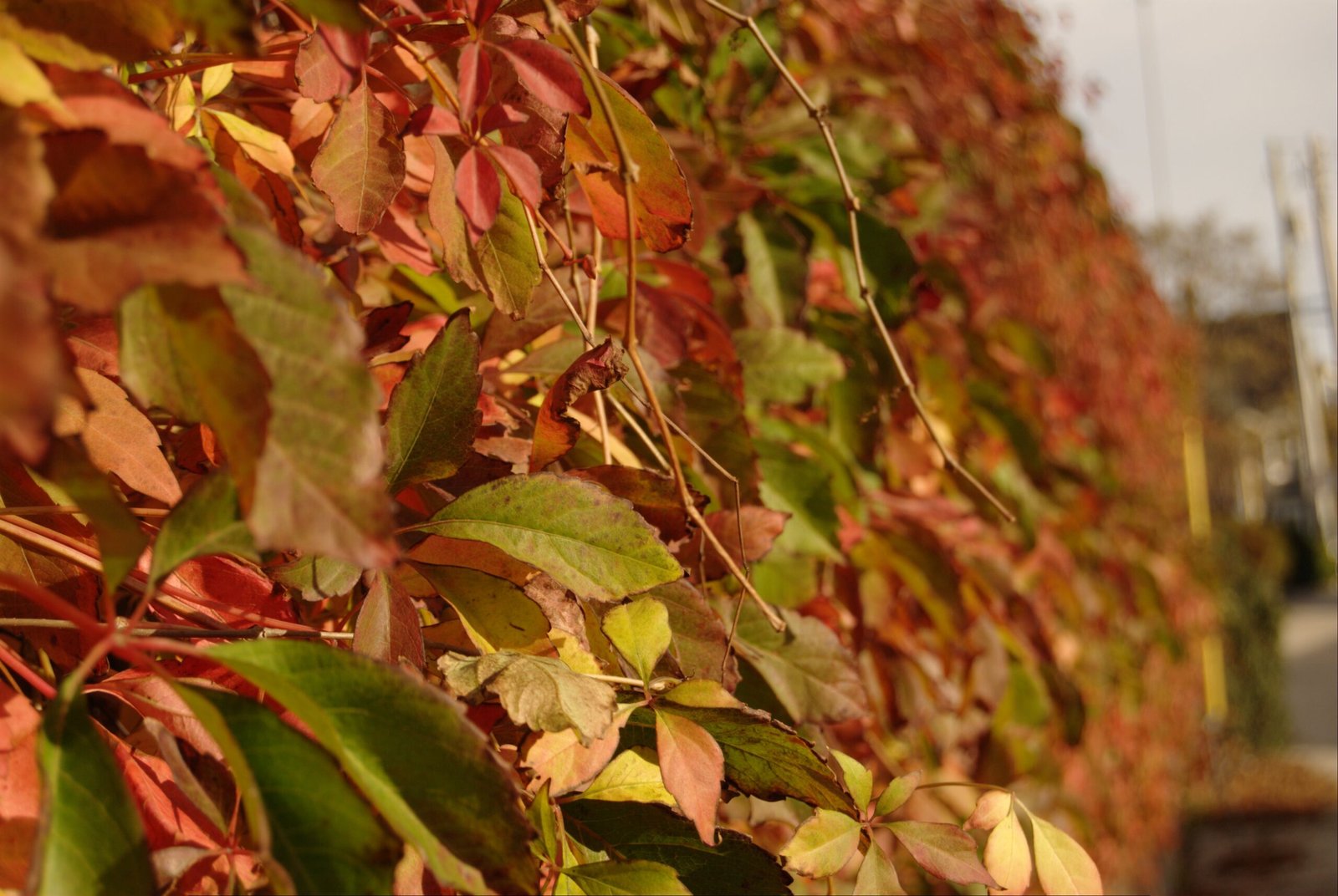
Virginia creeper emerges as the champion of native climbing plants, offering all the visual appeal of English ivy without the environmental destruction. This indigenous beauty produces stunning red and orange fall colors that rival any imported ornamental, while its five-leaflet structure creates interesting texture variations throughout the growing season. Unlike English ivy’s aggressive stranglehold, Virginia creeper climbs using small adhesive discs that don’t damage tree bark or building surfaces. The plant produces berries that feed over 35 species of birds, making it a wildlife magnet rather than a wildlife desert. Virginia creeper grows quickly enough to satisfy impatient gardeners while remaining manageable and unlikely to escape into wild areas, making it the ideal compromise between beauty and ecological responsibility.
Wild Ginger: Ground Cover That Actually Gives Back

Wild ginger transforms shady garden areas into enchanting woodland retreats while supporting native ecosystem health in ways that English ivy never could. Its heart-shaped leaves create a lush carpet effect that’s every bit as attractive as ivy, but with the added bonus of unique burgundy flowers that bloom close to the ground in spring. This native plant serves as a host for several butterfly species, including the beautiful pipevine swallowtail, turning your garden into a living nursery for these magnificent creatures. The aromatic roots have historical significance, having been used by Indigenous peoples for medicinal purposes, adding cultural richness to your landscape choices. Wild ginger spreads at a civilized pace, filling in bare spots without the aggressive takeover tactics that make English ivy so problematic.
Pachysandra: The Shade-Loving Superstar
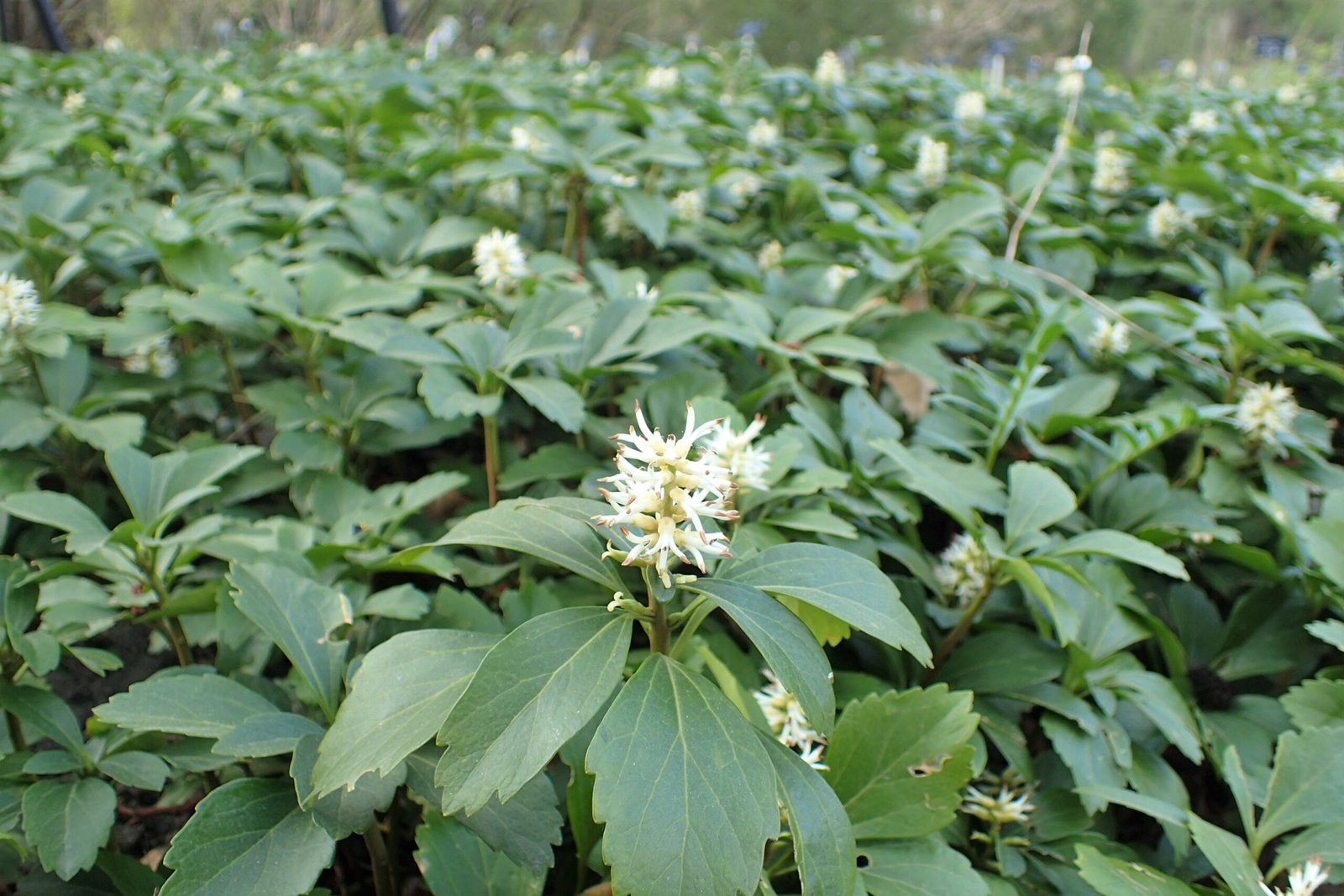
Pachysandra procumbens, the native Allegheny spurge, offers dense ground coverage that rivals English ivy while providing early spring flowers that emerge before the leaves fully develop. This tough native plant thrives in the same challenging shade conditions where English ivy typically dominates, making it a perfect drop-in replacement for existing ivy beds. The plant’s evergreen nature provides year-round interest, while its clumping growth habit means it won’t escape into natural areas and cause ecological havoc. Native pachysandra supports native insect populations that in turn feed birds and other wildlife, creating a positive feedback loop that strengthens local ecosystems. Its low maintenance requirements make it ideal for busy gardeners who want beautiful results without constant intervention.
Coral Honeysuckle: A Climbing Beauty with Benefits

Coral honeysuckle shatters the myth that native plants can’t compete with exotic ornamentals in the beauty department, producing stunning trumpet-shaped red flowers that attract hummingbirds like magnets. This native climber blooms repeatedly throughout the growing season, providing nectar resources when many other plants have finished flowering. Unlike its invasive Japanese honeysuckle cousin, coral honeysuckle remains well-behaved and won’t smother other plants or escape into wild areas. The plant’s red berries provide food for numerous bird species, while its dense foliage offers nesting sites for small songbirds. Its ability to thrive in various light conditions, from full sun to partial shade, makes it versatile enough for most garden situations.
Creeping Phlox: Living Carpet of Spring Color

Creeping phlox transforms bare ground into spectacular displays of pink, purple, white, or blue flowers that can be seen from across the garden in spring. This low-growing native plant forms dense mats that effectively suppress weeds while requiring minimal maintenance once established. The plant’s evergreen foliage provides year-round ground coverage, but it’s the incredible spring flower display that makes gardeners fall in love with this native alternative. Butterflies and other pollinators flock to creeping phlox blooms, creating animated scenes of wildlife activity that English ivy simply cannot match. The plant’s ability to cascade over walls and rocks makes it perfect for challenging slope areas where erosion control is needed.
Winterberry Holly: Four-Season Interest
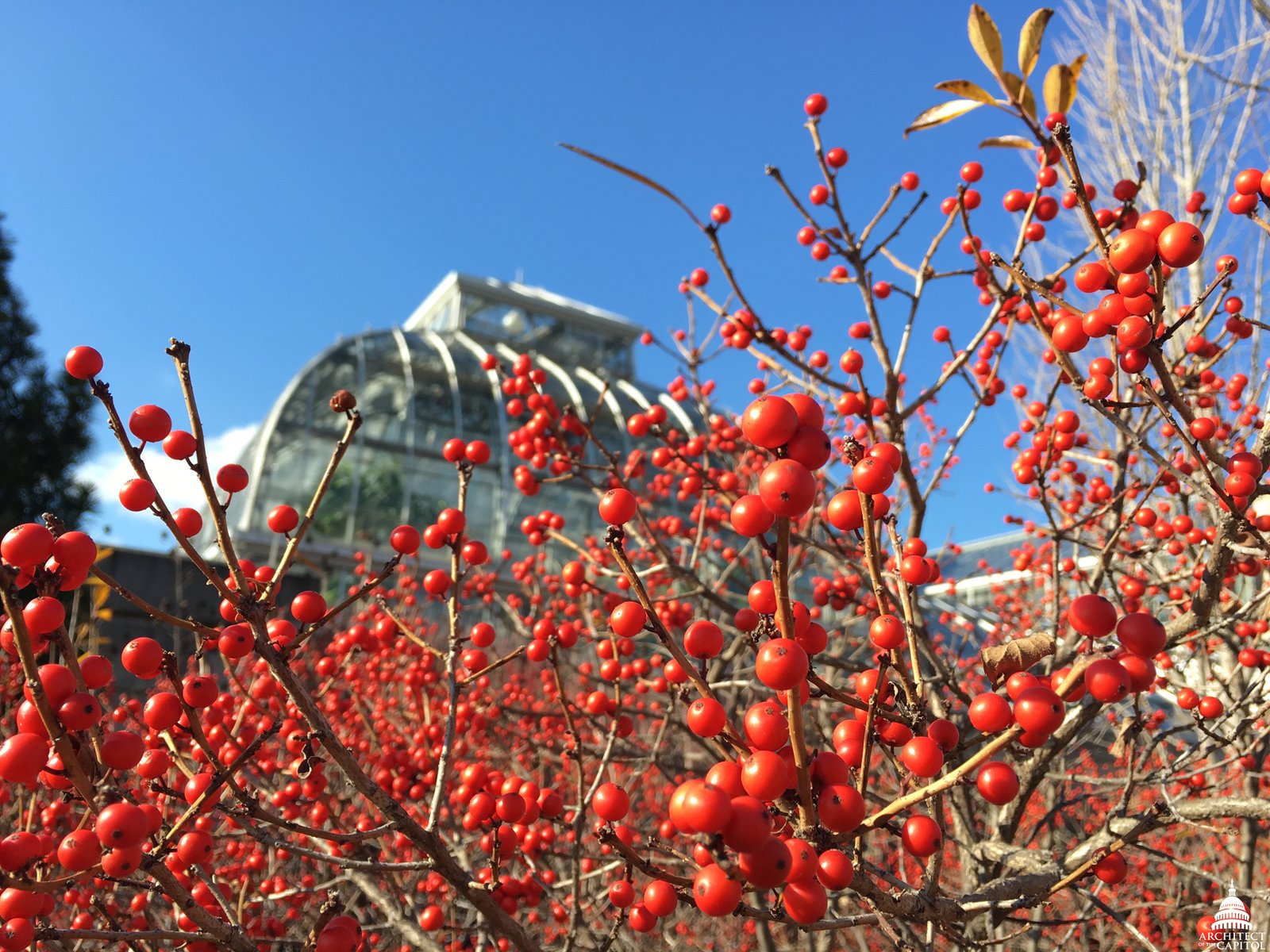
Winterberry holly provides the structural backbone that many gardeners seek from English ivy, but with dramatic seasonal changes that keep the landscape interesting year-round. The plant’s glossy green summer foliage gives way to brilliant red berries that persist through winter, creating stunning contrast against snow and providing crucial food for overwintering birds. This native holly requires both male and female plants for berry production, but the investment pays off with decades of reliable performance and wildlife support. The bare winter branches adorned with bright red berries create natural holiday decorations that are far more beautiful than any artificial alternative. Winterberry holly adapts to various soil conditions and can handle both wet and dry sites, making it remarkably versatile for different garden situations.
Wild Columbine: Delicate Beauty with Tough Roots

Wild columbine brings an ethereal quality to shaded garden areas with its distinctive spurred flowers in shades of blue, purple, and white that seem to dance in the slightest breeze. This native perennial self-seeds readily, creating natural colonies that look like they’ve been growing wild for decades. The plant’s delicate appearance belies its tough nature, as it can thrive in rocky, challenging soils where many other plants struggle. Hummingbirds and long-tongued butterflies are particularly attracted to columbine’s nectar, making it a magnet for some of the garden’s most desirable visitors. The plant’s compound leaves provide interesting texture even when not in bloom, and its tolerance for dry shade makes it perfect for challenging areas under trees.
Serviceberry: The Multitasking Marvel
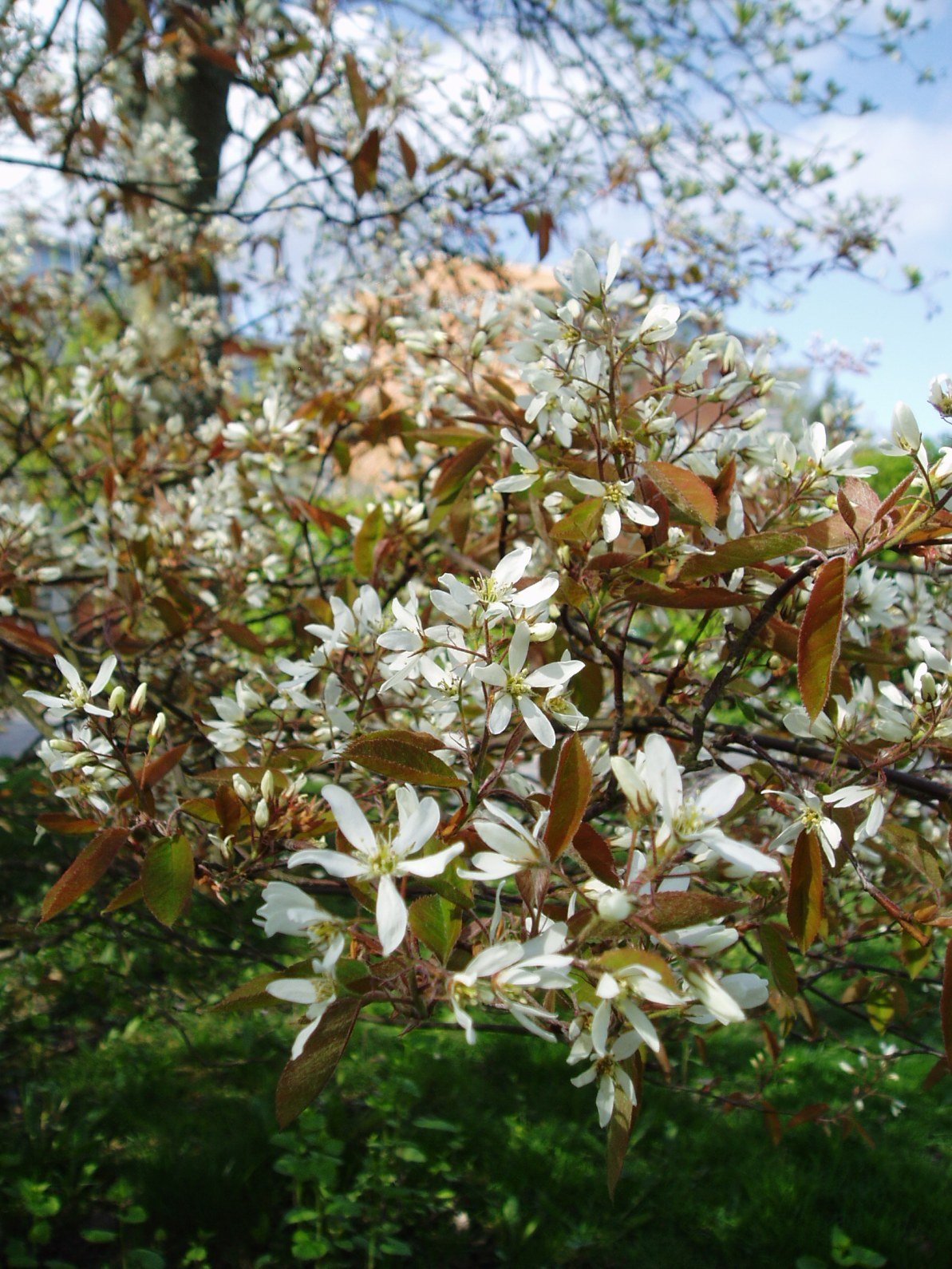
Serviceberry earns its place as a superior English ivy alternative by providing multiple seasons of interest while supporting an incredible array of wildlife species. Spring brings clouds of white flowers that rival any ornamental cherry, followed by edible berries that taste like a cross between blueberries and apples. The plant’s summer foliage provides excellent bird nesting habitat, while fall brings spectacular orange and red colors that outshine most exotic ornamentals. Over 40 bird species feed on serviceberry fruits, and the plant also supports numerous butterfly and moth species as a host plant. This native shrub can be pruned to maintain desired size and shape, making it adaptable to various landscape roles from privacy screening to specimen planting.
Spicebush: Aromatic Native with Butterfly Benefits

Spicebush transforms ordinary garden spaces into aromatic havens while serving as a crucial host plant for the spectacular spicebush swallowtail butterfly. The plant’s lemony-scented leaves release their fragrance when brushed against, creating a sensory garden experience that English ivy could never provide. Small yellow flowers appear before the leaves in early spring, providing nectar for early-season pollinators when few other food sources are available. Female plants produce red berries that are beloved by migrating birds, particularly thrushes and vireos that depend on high-fat foods for their long journeys. Spicebush thrives in the same shady, moist conditions where English ivy typically dominates, making it an excellent direct replacement in established shade gardens.
Cardinal Flower: Drama in Scarlet
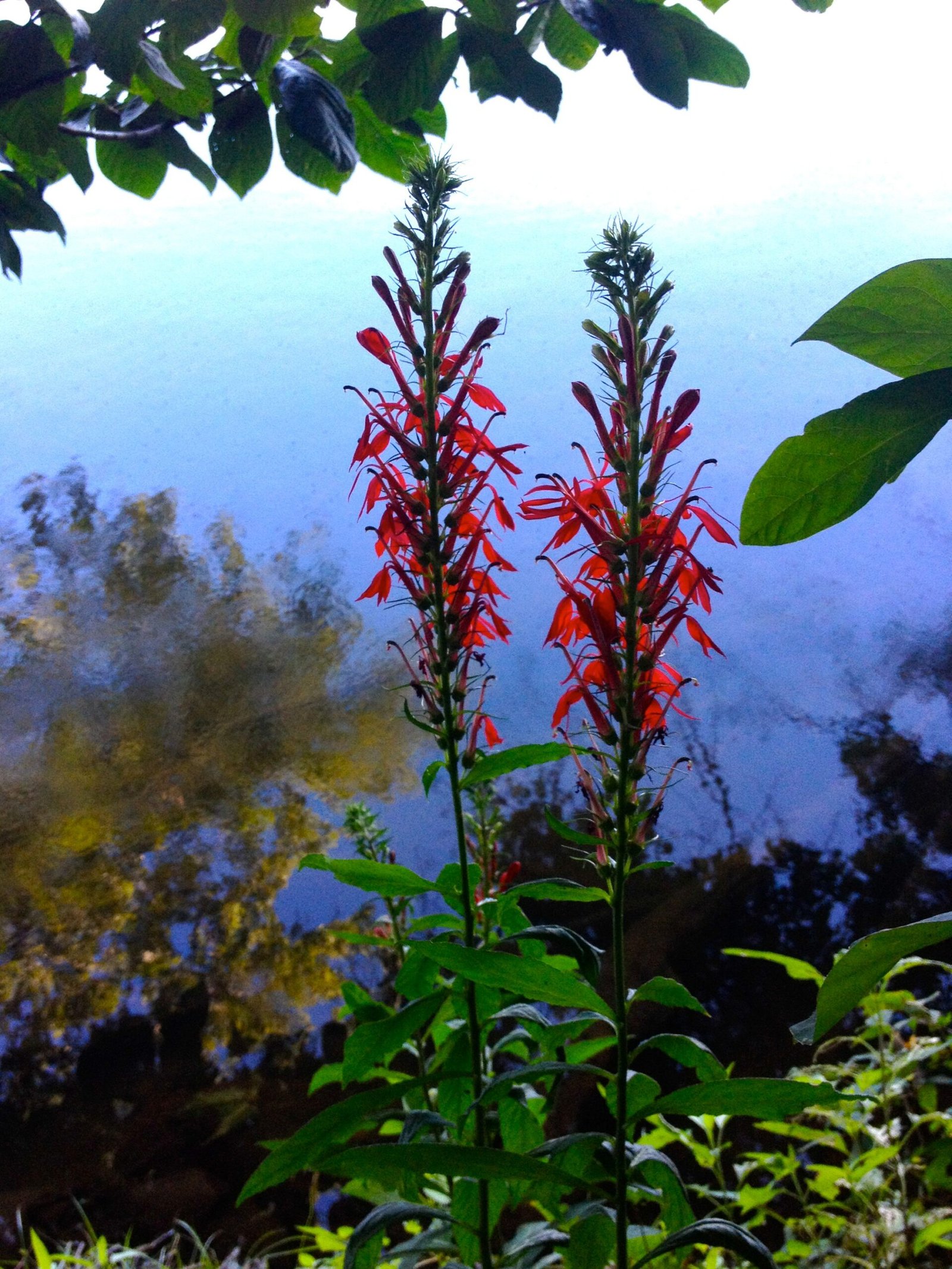
Cardinal flower brings theatrical drama to wet garden areas with its brilliant red flower spikes that seem to glow like embers against green foliage. This native perennial attracts ruby-throated hummingbirds from considerable distances, often becoming the centerpiece of wildlife viewing areas. The plant’s preference for moist soils makes it perfect for rain gardens, stream banks, and other wet areas where English ivy might struggle but still attempt to establish. Cardinal flower’s late summer blooming period provides crucial nectar resources when many other plants have finished flowering for the season. The plant readily self-seeds in favorable conditions, creating natural colonies that increase in beauty and wildlife value over time.
Bladdernut: The Overlooked Native Treasure
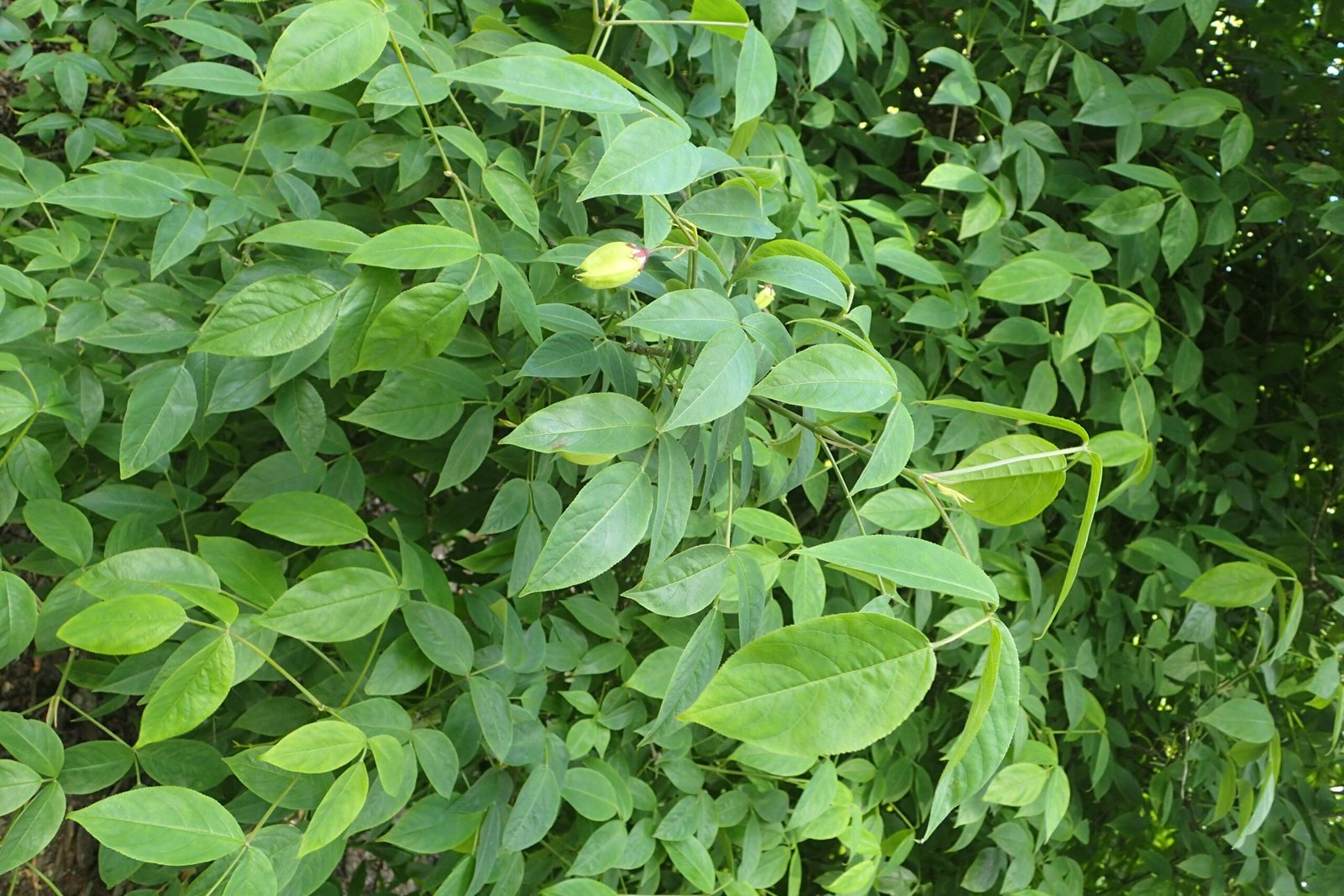
Bladdernut deserves recognition as one of the most underutilized native shrubs, offering unique ornamental features that make it far more interesting than invasive English ivy. The plant produces distinctive inflated seed pods that create fascinating architectural elements in the garden, while its compound leaves provide fine-textured foliage that contrasts beautifully with broader-leaved plants. Small white flowers appear in drooping clusters in spring, attracting various pollinators including native bees and beneficial insects. The plant’s ability to thrive in challenging conditions, including poor soils and partial shade, makes it valuable for difficult sites where other natives might struggle. Bladdernut’s moderate size and non-aggressive growth habit make it perfect for mixed borders where it won’t overwhelm neighboring plants.
Establishing Your Native Alternative Garden

Successfully transitioning from English ivy to native alternatives requires strategic planning and patience, but the environmental and aesthetic rewards make the effort worthwhile. Begin by carefully removing existing ivy, including all root fragments, as even small pieces can regrow into new infestations. Soil preparation becomes crucial, as ivy’s dense growth often creates compacted, nutrient-poor conditions that need amendment with organic matter and gentle cultivation. Plant native alternatives in fall when possible, as this gives them a full season to establish before facing summer stress. Mulching around new plantings helps retain moisture and suppress any remaining ivy shoots, while regular watering during the first year ensures successful establishment of your new native plant community.
Maintenance and Long-term Success

Native plant alternatives to English ivy typically require less maintenance once established, but understanding their specific needs ensures long-term success and maximum ecological benefit. Most native ground covers benefit from annual removal of accumulated leaf litter in spring, which prevents fungal diseases and allows new growth to emerge cleanly. Selective pruning of shrub alternatives like serviceberry and spicebush maintains desired shapes while encouraging healthy growth and maximum flowering. Native plants generally require less fertilization than exotic alternatives, but annual applications of compost provide beneficial organisms and nutrients that support both plants and soil health. Monitoring for invasive plant seedlings and removing them promptly prevents future problems and maintains the integrity of your native plant community.
Creating Wildlife Habitat Networks

The true power of replacing English ivy with native alternatives emerges when individual gardens connect to form wildlife habitat networks that support biodiversity on a landscape scale. Each native plant choice creates stepping stones for wildlife movement, allowing birds, butterflies, and other creatures to move safely between larger natural areas. Coordinating plant choices with neighbors amplifies these benefits, creating corridors of native habitat that can support larger wildlife populations and more diverse species. Native plant gardens also serve as seed sources for natural revegetation of disturbed areas, gradually expanding native plant populations beyond cultivated spaces. The cumulative effect of multiple gardens choosing native alternatives over English ivy can literally transform entire neighborhoods into thriving ecosystems that support both human enjoyment and wildlife survival.
Your garden choices ripple outward far beyond your property lines, influencing the health of entire ecosystems and the survival of countless species. Every English ivy patch replaced with native alternatives represents a victory for biodiversity, a gift to future generations, and a chance to heal landscapes damaged by decades of well-intentioned but misguided plant choices. What will your garden’s legacy be?



